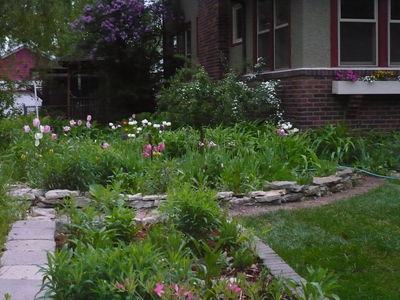
Difference between revisions of "Pollinator friendly Best Management Practices for stormwater management"
m |
m |
||
| Line 1: | Line 1: | ||
[[File:General information page image.png|left|100px|alt=image]] | [[File:General information page image.png|left|100px|alt=image]] | ||
| − | [[file:Check it out.png|200px|thumb|alt=check it out image|<font size=3>[https://www.mwmo.org/news/exploring-the-plant-ecology-of-the-mississippi-river-gorge-with-carolyn-carr-video/?utm_medium=email&utm_source=govdelivery Mississippi River WMO video on plant ecology of the Mississippi River Gorge in the Twin Cities</font size>]] | + | [[file:Check it out.png|200px|thumb|alt=check it out image|<font size=3>[https://www.mwmo.org/news/exploring-the-plant-ecology-of-the-mississippi-river-gorge-with-carolyn-carr-video/?utm_medium=email&utm_source=govdelivery Mississippi River WMO video on plant ecology of the Mississippi River Gorge in the Twin Cities]</font size>]] |
[[file:P1000870.JPG|thumb|400px|alt=perennial garden photo|<font size=3>Rainfall from the roof on this house is routed to a perennial garden containing, among other plants, goldenrod, milkweed, and purple coneflower, all of which are considered pollinator-friendly plants.</font size>]] | [[file:P1000870.JPG|thumb|400px|alt=perennial garden photo|<font size=3>Rainfall from the roof on this house is routed to a perennial garden containing, among other plants, goldenrod, milkweed, and purple coneflower, all of which are considered pollinator-friendly plants.</font size>]] | ||
Revision as of 17:22, 14 May 2021
It is clear that pollinators, both vertebrates and invertebrates, are in decline (see [1], [2], [3], [4], [5]). Vegetated stormwater BMPs can be designed to be pollinator-friendly. The following sections provide numerous links to information that can be used in designing and implementing pollinator-friendly stormwater BMPs.
Caution: Although the following links provide information on pollinator friendly practices, it is important to remember the primary function of a stormwater BMP is to manage stormwater. In particular, it is important to ensure that plants selected as being pollinator friendly must also function well within the stormwater practice. See Design criteria for bioretention and Minnesota plant lists for more information.
Pollinator friendly plants
- Minnesota Stormwater Manual
- Metro Blooms: Planting for Pollinators: How Raingardens Can Help
- The Xerces Society for Invertebrate Conservation: Pollinator plants - Great Lakes Region
- Pollinator Partnership: Ecoregional Planting Guides
- United States Department of Agriculture - Forest Service: Attracting Pollinators to Your Garden Using Native Plants
- National Wildlife Federation: Plants for Pollinators: A Collection of Favorites
- Native Plants and Wildlife Gardens: Top Five Wetland Edge Plants For Pollinators
- Deeproot: Want Pollinators? Plant Trees
- Native Seed Mix Design for Roadsides: Minnesota Department of Transportation
Pollinator friendly practices
Although much of the information on these pages is general, many of the practices can be incorporated into vegetated stormwater BMPs.
- United States Department of Agriculture - Forest Service: Pollinator Friendly Practices
- North American Pollinator Protection Campaign: Pollinator Friendly Practices
- Institute for Agriculture and Trade Policy: A landowner’s guide to pollinator-friendly practices
Case studies
- Andover garden tour is a pollinator-friendly showcase
- Andover Pollinator Awareness Project
- Penn State Extension
- Penn State University: Pollinator Garden Certification
Other links
- NEW!!! The Environmental Quality Board recently released a Minnesota State Agency Pollinator Report. The Report includes three specific goals in areas where state agencies have the greatest potential to reduce stress on pollinators.
- The Board of Water and Soil Resources has a Pollinator Plan that includes why pollinator populations and habitat restoration matter, current protection and restoration efforts, native seed mixes, a fact sheet and a solar site pollinator habitat assessment form.
- The Xerces Society: Targeted for gardeners, this site contains much useful general information on pollinators and managing for pollinators
- Pollinator Friendly Alliance
- Board of Water and Soil Resources Pollinator Toolbox


